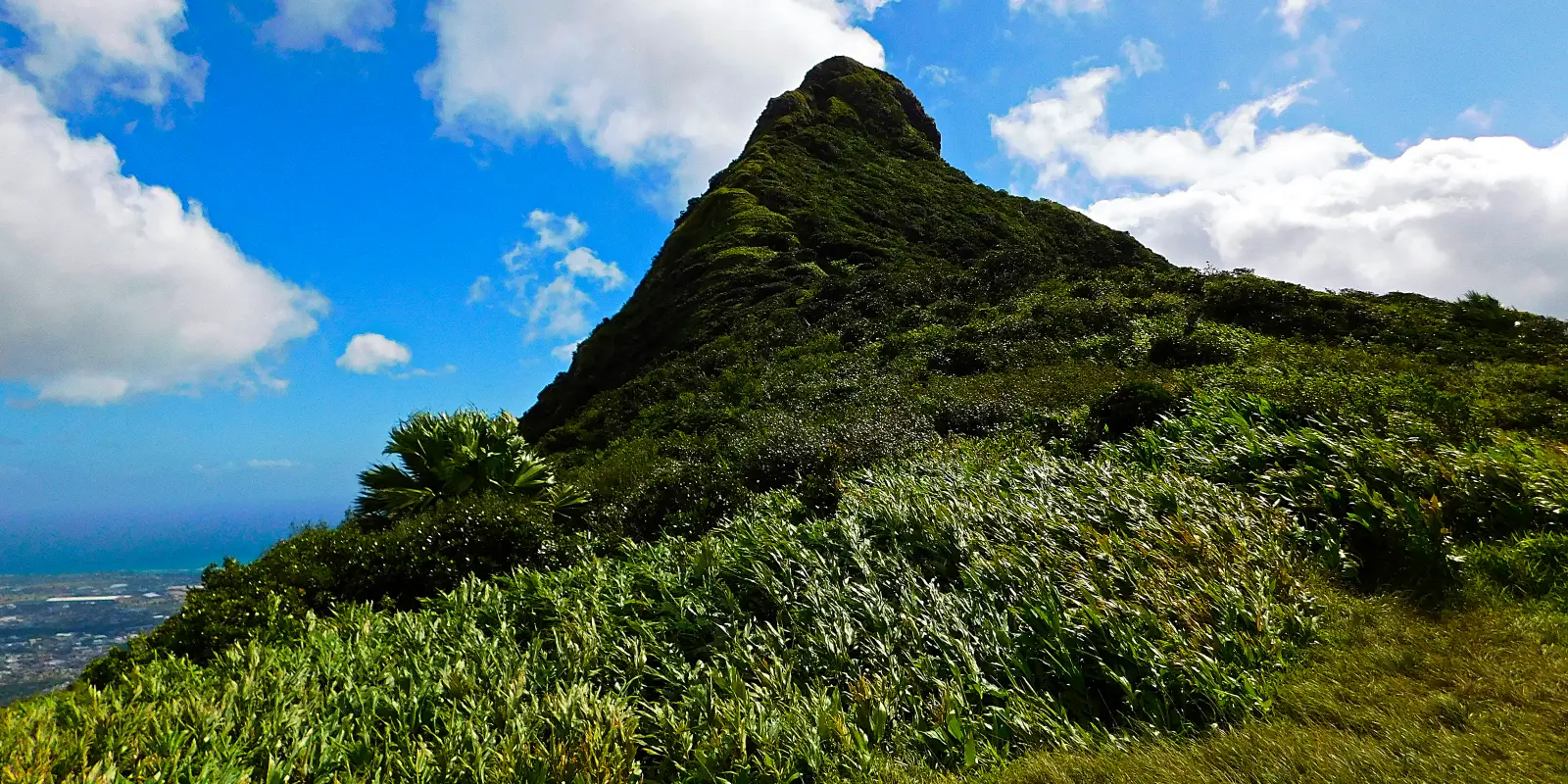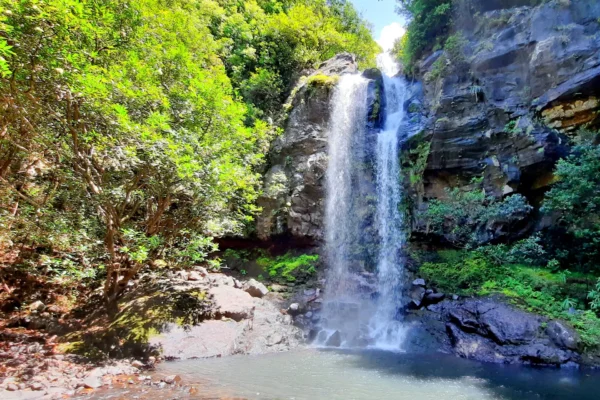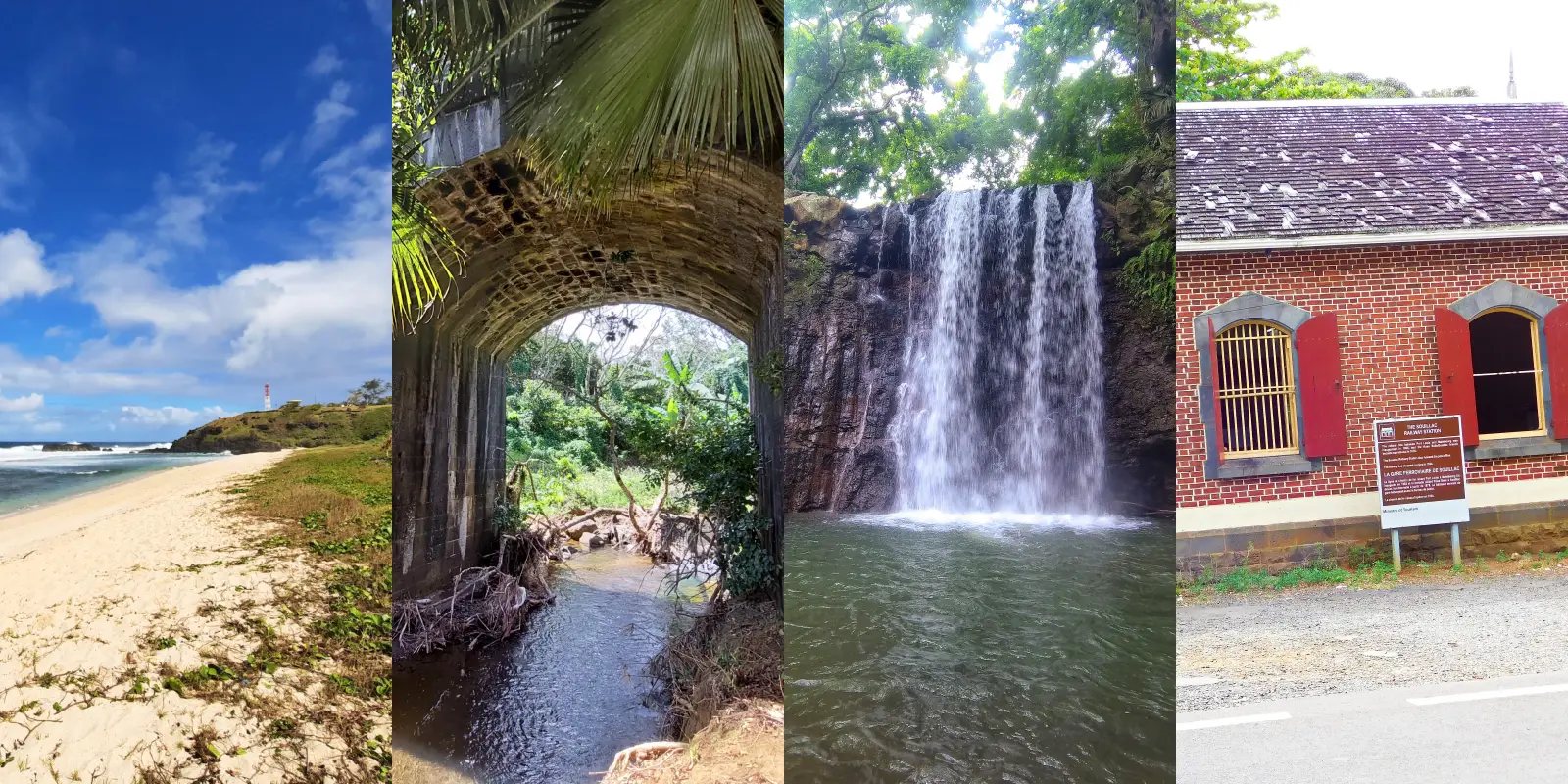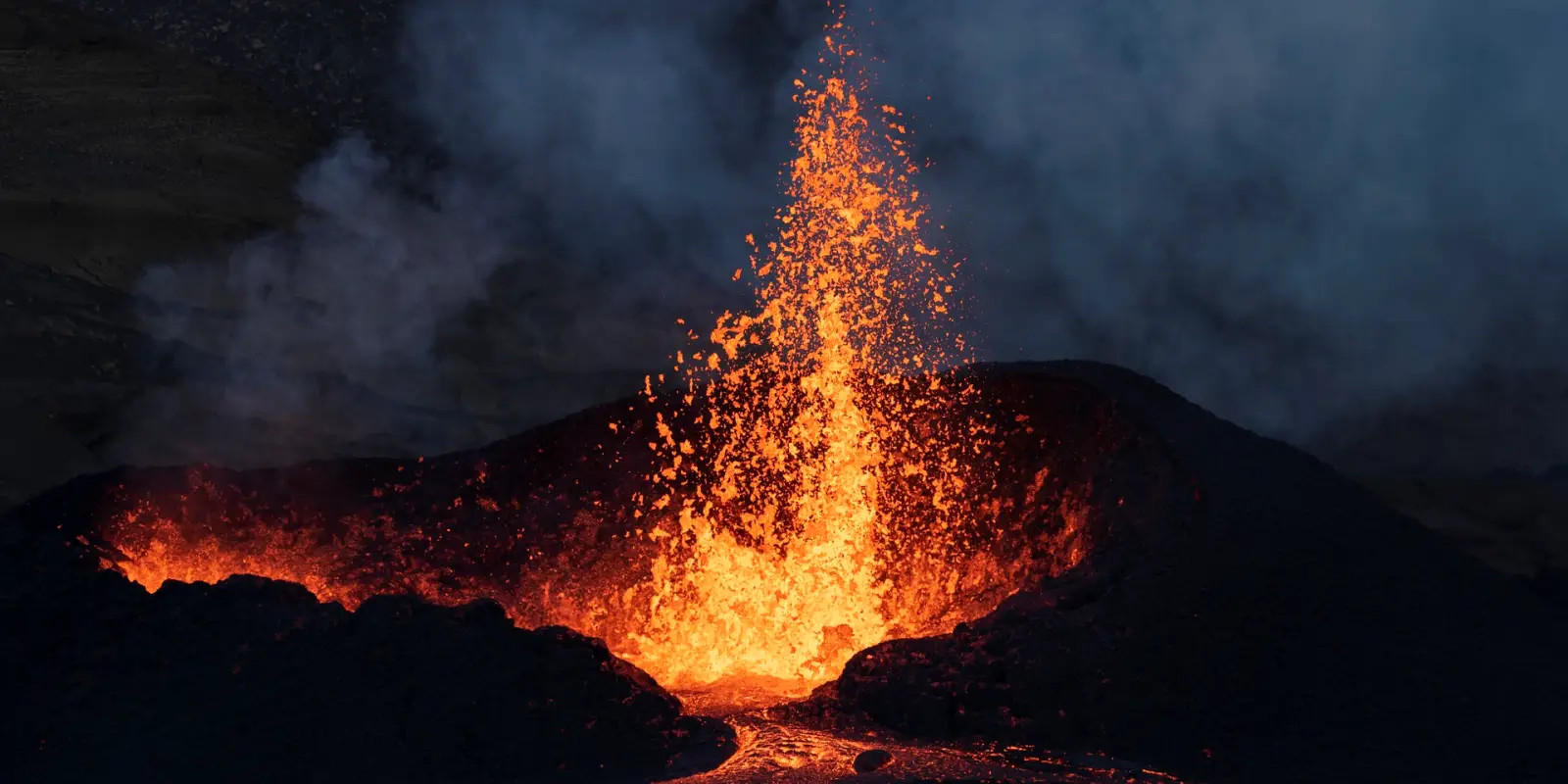Le Pouce Mountain, one of the most popular summits in Mauritius, has a lot to tell us about its geological characteristics and historical events. This peak, which is frequently mentioned by nature enthusiasts, deserves to be known intimately rather than just as a set of data we learned at school or read in the press. Today, we will embark on an exciting adventure to discover Le Pouce Mountain.

Geological Information
Mauritius was formed around 10 million years ago, after several intense volcanic activities, which resulted in layers of lava piled up to form an island in the Indian Ocean. From those aggressive volcanic activities, mountain ranges, hills and even isolated peaks have been formed.
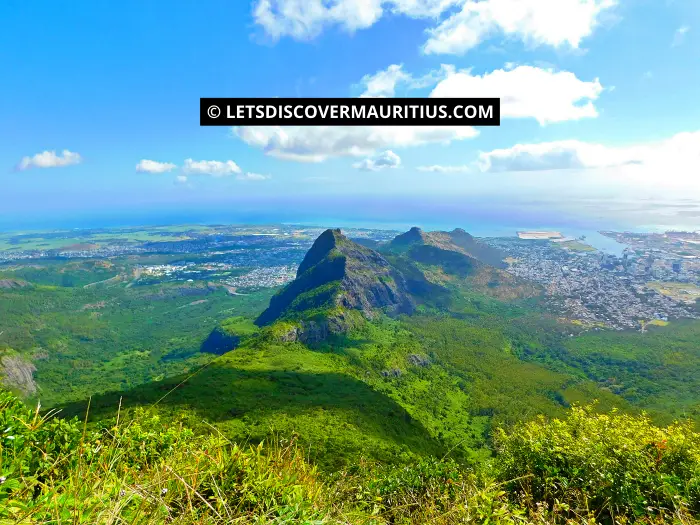
Le Pouce is also from the same time period, some 8 million years ago. It is located on the Moka mountain range, which also includes other well-known peaks such as Pieter Both and others. The name derives from its enormous “thumb” appearance. It is the third-highest peak in Mauritius, standing at roughly 811m. Unfortunately, the mountain’s height is gradually deteriorating due to a severe erosion problem. Few analysts expect it will be significantly shorter in the next centuries.
A Heaven For Nature Lovers
According to Mark Twain, “Mauritius was first, and then heaven, and that heaven was copied after Mauritius.” Orophilists adore Le Pouce’s scenic vistas from the summit. From the top, visitors may see amazing views over Port-Louis, Saint-Pierre, and the Moka areas. In fact, you have a better picture of the island until you reach the southern highlands.
Climbing Le Pouce Mountain is not difficult. You can begin from a variety of points, but the most common are Saint-Pierre and the Le Dauguet Nature Trail. The Saint-Pierre track is simple and short. You begin from the bottom and hike for about an hour until you reach the “plateau” part, a huge emerald terrain where it can be very windy at times and where you can see the most spectacular landscapes. It is longer and more difficult than the Le Dauguet Nature Trail, which starts from Tranquebar, hiking on the rocky tracks, and climb to Le Pouce ridge, which can take up to 3 hours. Some little ascents are required to reach the summit. Accidents are less likely if you are cautious. The problem is erosion, which is primarily affecting the peak, making it necessary to be extra cautious when climbing. The top can hold around 20 people, and be prepared to encounter some monkeys.
Because the difficulty level is low, even a child can climb Le Pouce. During the rainy season, however, the tracks become muddy, and the climb can be slippery. As a result, exercise caution!

Some Historical Occurrences At Le Pouce
The University of Mauritius’ Department of History and Political Science conducted an inventory of slave sites in 2007. The UNESCO Slave Route funded the project. On Le Pouce, maroon slaves used to live on the ridge among the thick shrubs and woods. Few of them have also been reported to have been apprehended. There are believed to be burial sites on the ridge, as well as stones dating from the nineteenth century, but no archaeological work has been done to support the hypothesis.
On Le Pouce, the Ratsitatane movement used to congregate. Ratsitatane was a Madagascar warrior chief who fought against slavery. His movement is credited with preparing the revolution from Le Pouce in 1822.
Furthermore, did you know Mauritius had an elephant? Engineer Lloyd used to ride an elephant brought in by Adrien D’Epinay. The elephant stayed at Laboudonnais Estate. In 1835, Charles Darwin, the Father of Evolution Theory, visited Mauritius. He used to live at Engineer Lloyd’s house. The elephant was brought to Le Pouce Mountain by the latter, where Charles Darwin enjoyed a fantastic walk on its back. There is no record of the Elephant climbing Le Pouce all the way to the ridge, but one thing is certain: Charles Darwin did ride the elephant there. Read more on the first elephant in Mauritius.
Finally, Lady Alfred Bartram wrote in her book, “Recollections of Seven Years Residence”, that some estate owners in Mauritius used to ride palanquins to the ridge of Le Pouce Mountain, which were carried by their slaves. They began in Tranquebar, most likely on the Le Dauguet Nature Trail track. The track was in better condition back then than it is now!
Hike On Le Pouce With Yemaya Adventures
As previously stated, climbing Le Pouce Mountain is simple. However, there are some technical and potentially hazardous aspects, especially if you are bringing a child or doing it on a rainy and muddy day. Yemaya Adventures is a licensed adventure company that offers a variety of activities in Mauritius, including sea kayaking, mountain biking, and hiking. The CEO, Patrick Haberland, is a professional guide with numerous safety certifications who has worked in this field for over 20 years.
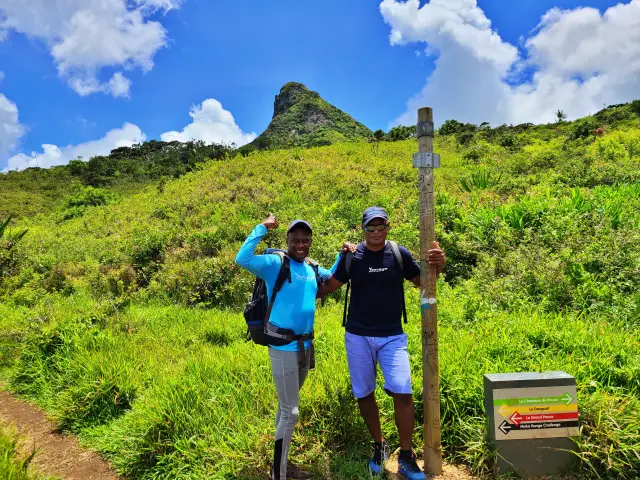
Yemaya Adventures offers hiking to Le Pouce Mountain. Even Le Pouce Mountain is relatively easy, but there have been numerous reported attacks and thefts. Foreigners have been attacked and their belongings stolen by vagabonds on the ridge. Local residents were also targeted. As a result, if this is your first visit and you are a tourist, you should be accompanied by a professional guide. Yemaya Adventures is ready to assist you!
Yemaya Adventures takes safety as a top priority. They provide two guides in general for groups larger than five people, and communicate via VHF radios. They always have first aid kits and a 20-meter rope with them. Their guides are fully trained in first aid and will tell you about the history of the trail and the plants you will see along the way. As a result, it is not only hiking, but it is also educational. On the trip, they provide snacks and drinks.
Do you want to go hiking on Le Pouce? Contact Yemaya Adventures using the information provided below:

Conclusion
Le Pouce Mountain is an amazing place to visit. Hiking or camping, this mountain always provides a magnificent experience with its gorgeous landscapes and rich history. However, the risks of casualties remain, and if you are looking for a professional hiking guide, please contact Yemaya Adventures to fulfill your dream of climbing it.
Author & References

Author: Ali J | Date Published: December 4, 2023 | Last Updated: NA
References: Allister MacMillan (MAURITIUS: Illustrated – Historical and descriptive commercial and industrial facts, figures and resources), Recollections of Seven Years Residence by Lady Alfred Bartham, Inventory of Slave Sites by the University of Mauritius.
Subscribe For Newsletters
Not just newsletters, but you may enjoy free vouchers, coupons, activity deals and many others while subscribing…

